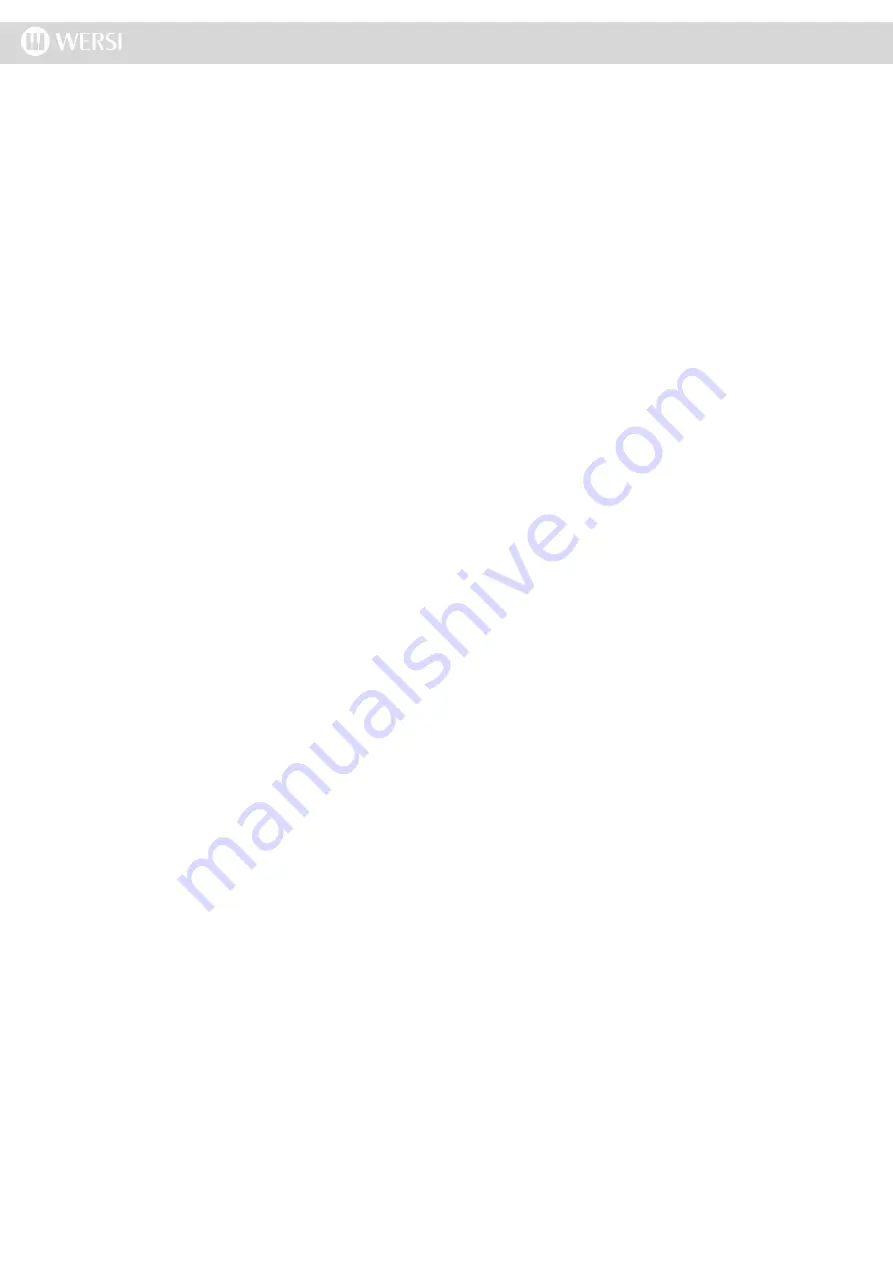
8. Accompaniments
Accompaniment Types
To enable you to add versatile accompaniments to your music, your instrument offers various accompaniment meth
-
ods: Styles, Realdrums, MIDI Sequences (General MIDI), Wave & MP3 files. You can now also play back multimedia
video files on your instruments.
•
Standard OAS Styles
- Styles are Rhythm with an automatic accompaniment. Each Style consists of four Varia
-
tions, has two Intro / Endings, and two Fill patterns. (Older Styles from OAS 3,4,5 & 6)
•
OAA Styles
- The new standard for OAS Styles is the OAA (OpenArt-Arranger) styles. All new WERSI OAS
instruments come with the OpenArt-Arranger as standard. OAA Styles are rhythms with an automatic accompani
-
ment. Each Style consists of four Variations, has three Intro / Endings, four Fill patterns and two Break patterns.
•
Realdrums
are high quality enhancements of Styles. WERSI has developed a new technology that allows a ‘Real
Drummer’ to play-in the rhythms with real percussive instruments. Realdrum rhythms sound much more lifelike
because you are listening to a recording or a real drummer, without any modification by a computer system. As
with regular styles, Realdrums have four Variations, two Fill patterns and two Intro / Ending Patterns. Naturally
an automatic accompaniment is standard with Realdrums. (Please note that some specialist Realdrums do not
contain an auto-accompaniment - Drum Solo for example).
•
MIDI Files
- For your accompaniment you can also use sequences saved as files that comply with the General
MIDI standard. These files usually contain complete, played-in pieces. Depending on the piece, you either play
some of the voices yourself while the MIDI sequence is played back, or you use your instrument as a ‘Duke Box’
and let the instrument play on its own. You can start the MIDI files with the Start/Stop push button in the Rhythm
Controls (left hand side panel). You can control the volume of the MIDI file with the grey volume Drawbar called
‘Song’. The Sequencer also features a special function that allows you to use the Volume Drawbars to control the
16 MIDI Sequence Track Volumes. See the Sequencer chapter in the programmers guide for more information.
•
Waves
- These add a new dimension to the kind of accompaniment sequence that you have been used to so far.
Waves may store any kind of sound events that you can imagine, even acoustic instruments or vocals, similar to a
normal audio CD. Use the Start / Stop push button to control the playback, and the Song Volume Drawbar to con
-
trol the volume of the Wave. You can record your own Waves using the ‘Digi Record’ function on the Main Display
or load them from CD / USB. Please note that the tempo of a Wave accompaniment cannot be changed.
•
MP3
- are compressed Wave Files. The compression is mainly accomplished by cutting the barely audible very
high and very low frequencies. Consequently, MP3 files need less than a tenth of the memory a regular Wave
file would use. Music you find on the Internet is mainly MP3 format. Use the Start / Stop button to control the
playback, and the Song Volume Drawbar to adjust the volume. Please note that the tempo of an MP3 cannot be
changed.
•
Multimedia
- Multimedia files are audio and video files in various formats. Basically, you can use all types of
multimedia files, that will payback on a standard PC (e.g WMV, MPG, Divx, etc). Use the Start / Stop push but
-
ton to start or stop the playback of the Video and the Song Volume Drawbar to adjust the volume. The tempo of a
multimedia accompaniment cannot be changed. Please note that large video files need a lot of storage space and
therefore take some time to load.
Summary of Contents for Abacus
Page 1: ...Abacus Verona Vegas User Manual Edition 18 02 2011 V 1 Gedownload bij www wersi fan nl ...
Page 88: ...User Notes ...
Page 89: ...User Notes ...
Page 90: ...User Notes ...
Page 91: ...User Notes ...
Page 92: ...User Notes ...
Page 93: ...User Notes ...
Page 94: ...User Notes ...
Page 95: ...User Notes ...






























